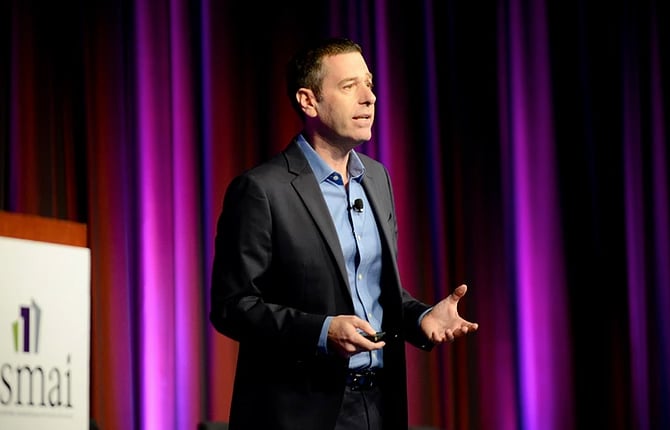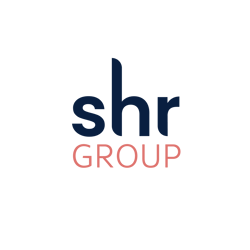
For years, hotel operators have struggled with effectively integrating their sales and marketing departments, resulting in a lack of efficiency and revenue opportunity. Prior to COVID, we saw some progress, and innovative companies began building integrated strategies and measuring effectiveness from common data sources.
COVID has been the ultimate accelerant. With leaner staff, hotels are being forced to break down the silos between departments, says hospitality revenue consultant Dan Wacksman.
Wacksman spent time in the online travel and distribution space before leading Outrigger Hotels & Resorts’ marketing department for more than 10 years. In 2019, he launched Sassato, a consultancy to help hotels fill gaps in marketing, distribution, technology and strategic implementations. We caught up with him recently to discuss what hotel marketing, sales and revenue teams will look like post-COVID.
How does the revenue department look different today, and what it will look like in the future?
Wacksman: Staffs are thin, for sure. There is a lot of training happening because people are doing things they’ve never done before. The walls between departments are being broken down simply because you don’t have five people in each area anymore. Maybe you have two, or maybe you have one, and those people are wearing a lot of hats and doing new things, like managing vendor relationships. These people need at least the basic knowledge on how things work.
Has data analysis at the hotel become more or less important?
Wacksman: I think you’ve seen a seismic shift here. Traditionally, marketing and other folks were focused on their silos and looking at their particular data points and success metrics. Now, everyone is focused on how much revenue they drove to the bank. You’re going to see more and more attention on this. Today, you can walk into properties and the front-desk staff can likely tell you at what RevPAR number they need to remain open.
Data systems need to be flexible, because everything has changed, at least for the foreseeable future. Many hoteliers have these expensive Revenue Management Systems that were built to help manage through hiccups, but nothing like this. In a good market, they’re great – you get that extra few dollars of ADR, and that’s a huge difference. In this market, you can probably do that with a spreadsheet. At this point, rate isn’t an issue. That’s not the main decision point in the booking – they are looking for safety, flexibility and empathy.
How can teams manage today while also building and preparing for the future?
Wacksman: There are almost two paths you can take. You can batten down the hatches, which many are, saving as much money as they can and going into survival mode. For a lot of people, this makes sense. People are trying to keep their heads above water.
But fortune favors the bold, and one strategy is to be a bit bold when everyone else is hiding. To actually invest in your business and implement. One area might be to look at those important projects you were planning, and do them now to prepare for recovery. This might be a new website, booking engine, CRS, new process procedure, new branding, and so on. It’s much easier to change the wheels on the bus at 10% occupancy than it is at 80% occupancy, and it’s probably also a good time to negotiate favorable terms with vendors.
Those with fewer resources can focus on “upskilling” your people on the tools that you do have. Figure out how to optimize your current systems. I can’t tell you how many times I hear from a hotel how their current solution “doesn’t work” for them, but when you drill down a bit, it becomes apparent they don’t know how to fully utilize the system. The OTAs actually do a good job here, and hotel systems providers could borrow from their best practices. OTAs have market managers that are swift to tell you how much revenue they are generating, and oftentimes they’re in the offices showing hoteliers how to use the tool. At some points, they may even take the tool over for you.
What are the necessary pieces to today's hotel tech stack?
Wacksman: It depends on the size of the hotel, obviously, but the PMS is the brain. You need a good brain. The CRS sits above that and allows you to plug in things like your call center application and reach other distribution channels. Some CRS’s have their own booking engines, otherwise you need a good connection between your CRS and your booking engine.
On top of that, there are so many other things you can plug in, such as systems that pull data for you to analyze and systems that, when tightly integrated, allow you to offer guests a better experience. We used to live in these walled gardens where systems didn’t talk to each other, but now you can choose a best-of-breed solution. That’s the beauty of it, but that’s also the challenge. We’re getting better as an industry, with the cloud and improved APIs driving us forward, but we still have a way to go.
by Jason Freed


